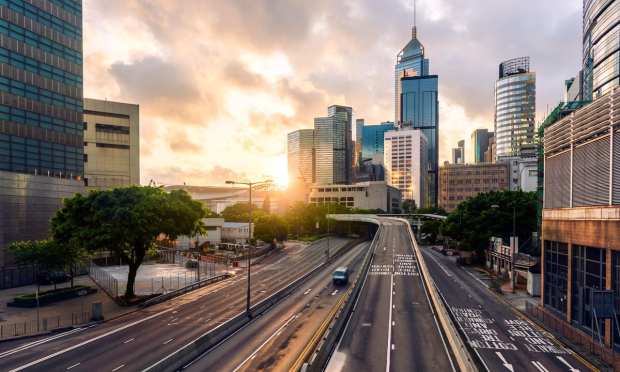Retail Sales Dropped 25 Pct In Hong Kong From January To November

As the pandemic repelled high-spending visitors and local shoppers spent less, retail sales in Hong Kong plummeted 25 percent in the first 11 months of 2020, the South China Morning Post reported.
Census and Statistics Department data indicates that retail sales fell 25.3 percent in the time span from January to November in contrast to the same period the prior year, according to the report.
In 2019, the retail industry was valued at HK$72.9 billion (approximately $9.4 billion), comprising 2.7 percent of the area’s gross domestic product (GDP) and mainland Chinese consumers made up most of the large purchases of luxury items.
Retail locations and shopping centers have to depend on local consumption, however, with travel limited because of the pandemic.
During the first 11 months of last year, the number of arrivals to the area plummeted 93.2 percent to 3.56 million. In November 2020, 3,571 mainland visitors came into the area in contrast to 1.9 million in November 2019.
The Hong Kong Retail Management Association forecast that almost 60 percent of retailers could close permanently in Q1 2021. Annie Tse Yau On-yee, the association chairperson, forecast retail sales could drop by approximately 25 percent last year in contrast to 2019.
“Although foot traffic in shopping malls and shopping picked up during the Christmas period in December, the actual number of people going into shops to buy is not much,” Tse said, per the South China Morning Post report.
The news comes as the pandemic-induced lull in international tourism is taking its toll on multiple big retail chains, with the inclusion of Tiffany & Co. and Abercrombie & Fitch, which are struggling to make up for a dearth of foot traffic.
“Tourism has kind of ground to a halt,” because of the global coronavirus pandemic, Abercrombie & Fitch Chief Financial Officer Scott Lipesky previously told the Financial Times, leading to a “meaningfully worse” performance at locations that typically depend on visitors.
